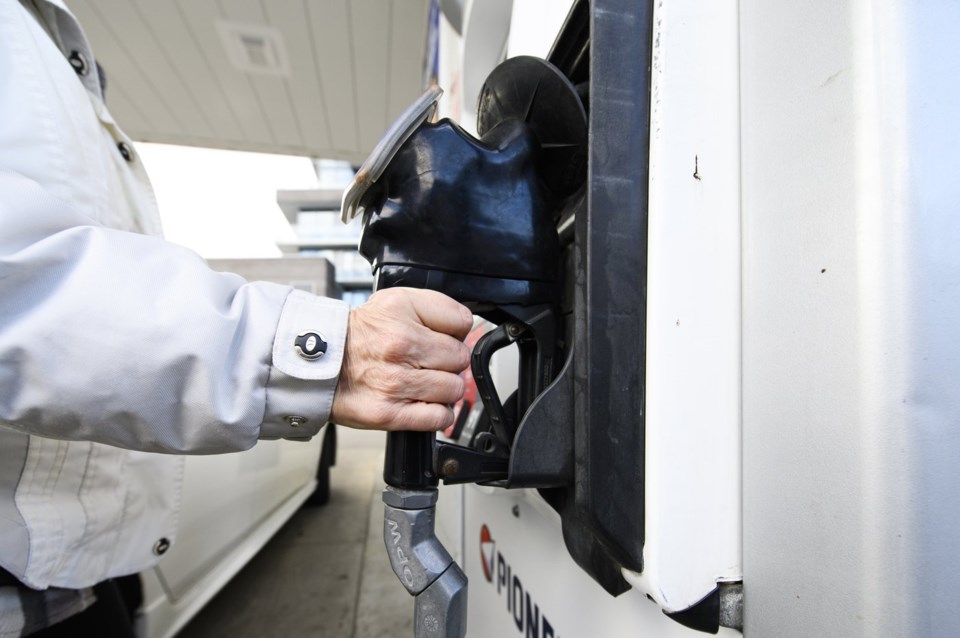OTTAWA — Canadians are feeling fresh pressure at the pumps and grocery stores as inflation rose to 2.4 per cent in September, marking a half-point jump from 1.9 per cent in August, according to new figures from Statistics Canada. The increase slightly exceeded economists’ forecasts and came largely on the back of higher fuel and food costs.
While gasoline prices remain lower compared to last year — largely due to the removal of the carbon price — StatCan noted that a slower annual decline in fuel prices last month helped lift the overall inflation rate. Gas prices rose modestly on a month-to-month basis, driving the increase in headline inflation.
At the same time, grocery bills continued to climb, with fresh vegetables up 1.9 per cent year over year after a decline in August. The cost of sugar and confectionery products surged to 9.2 per cent, up from 5.8 per cent the previous month. StatCan attributed much of the pressure to supply shortages of beef and coffee, which continue to keep food inflation stubbornly high.
Rent costs also moved higher, rising 4.8 per cent annually, compared with 4.5 per cent in August, while travel tour prices saw a rare spike due to increased hotel costs during major international events. Meanwhile, clothing and footwear offered some relief, with smaller price increases helping offset the broader inflation jump.
The report is the final inflation snapshot before the Bank of Canada’s October 29 interest rate decision, which will weigh the balance between easing headline inflation and persistently elevated core inflation, still hovering above three per cent.
Despite ongoing debate within the central bank over how reliable core measures are, economists expect policymakers to tread cautiously as consumers continue to grapple with rising everyday costs.


